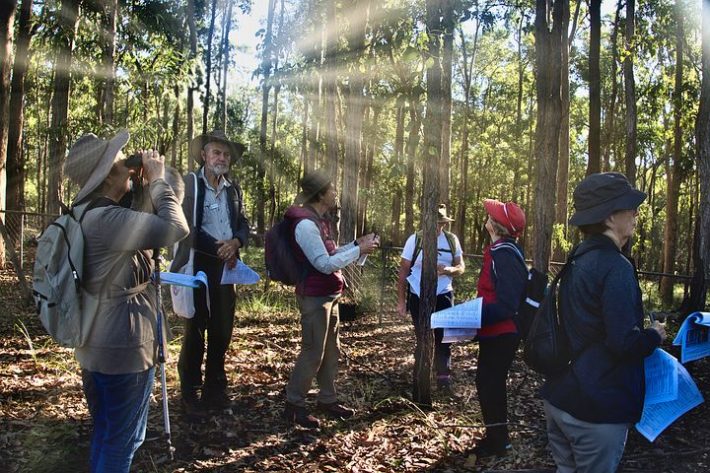Inclusive authorship reduces barriers to participation
Running a global-scale ecological research network informs an innovative authorship framework.

In the 15 years since its establishment, the Nutrient Network (NutNet) has become one of the most successful ecological research collaborations in the world. With experiments being replicated at over 170 sites across almost 30 countries, NutNet provides a collaboration platform for hundreds of researchers worldwide, all investigating the impacts of nutrients on grassland ecosystems.
The approach to ecological research introduced by the NutNet group has become standard practice for scientist-driven collaboration in ecology. The group continues to innovate with the introduction of a new framework aimed to reduce barriers to meaningful participation. The framework is especially helpful for students, scientists from underrepresented backgrounds and those with limited institutional support.
There is widespread institutional bias against multi-authored papers, despite their value
The papers created through NutNet include some with contributions from over 70 authors. However, unlike some ‘massively-authored papers’, Nutrient Network publications include substantial contributions by all authors, documented in detail.
Dr Elizabeth Borer from the University of Minnesota, co-founder of NutNet, developed the approach based on her experience co-ordinating and contributing to the publication of over 100 papers alongside her colleagues.
Dr Elizabeth Borer explained “Barriers in this process fall into a few categories: when to share with co-authors, how to balance diversity of input vs efficiency when moving to publication, and openness to feedback. Modifying the process itself can help researchers to overcome those barriers.”

The approach described in the Methods of Ecology and Evolution paper identifies a number of best practices including:
- Sharing a paper initially as a storyboard with clear expectations, assignments, and deadlines to foster communication and create unambiguous opportunities for all authors to contribute intellectually.
- Link to a shared online spreadsheet with the authorship guidelines. Researchers note how they plan to contribute within the guidelines for a paper. A final version of this spreadsheet, updated to reflect actual contributions, is published as an online supplement detailing each author’s personal contribution, for internal and external transparency of contributions.

“There is a perception that co-authors on large authorship publications do not contribute meaningfully,” continues Borer. “This causes widespread institutional bias against multi-authored papers despite their widely recognized value for advancing knowledge.
The NutNet approach identifies and overcomes key barriers to meaningful contributions, protecting the value of authorship even on massively multi-authored publications.”
Article based off of a University of Minnesota press release.
Read the full paper:
, , , , , & (2023). Writing a massively multi-authored paper: Overcoming barriers to meaningful authorship for all. Methods in Ecology and Evolution, 00, 1– 11. https://doi.org/10.1111/2041-210X.14096
Like what we stand for?
Support our mission and help develop the next generation of ecologists by donating to the British Ecological Society.